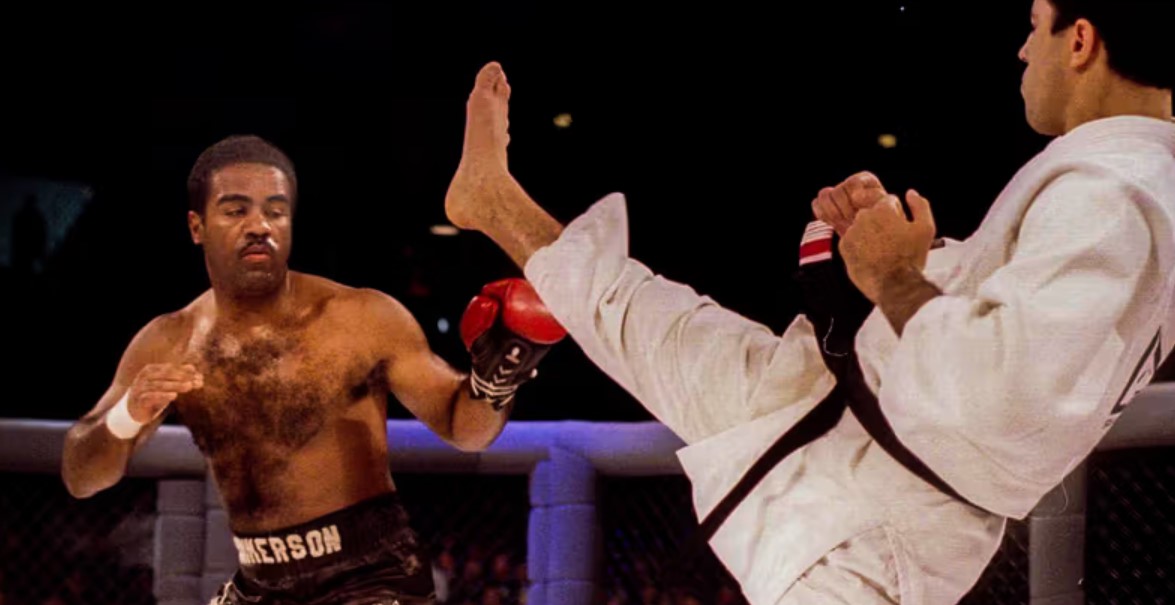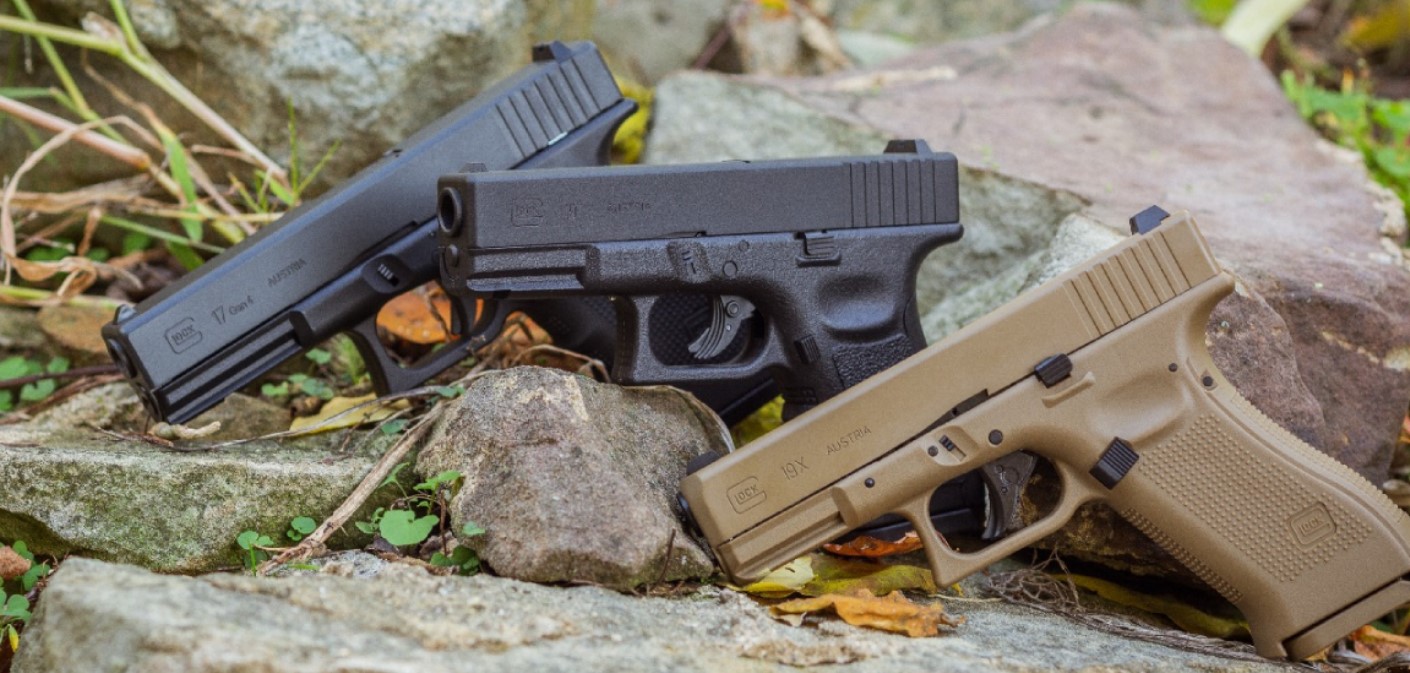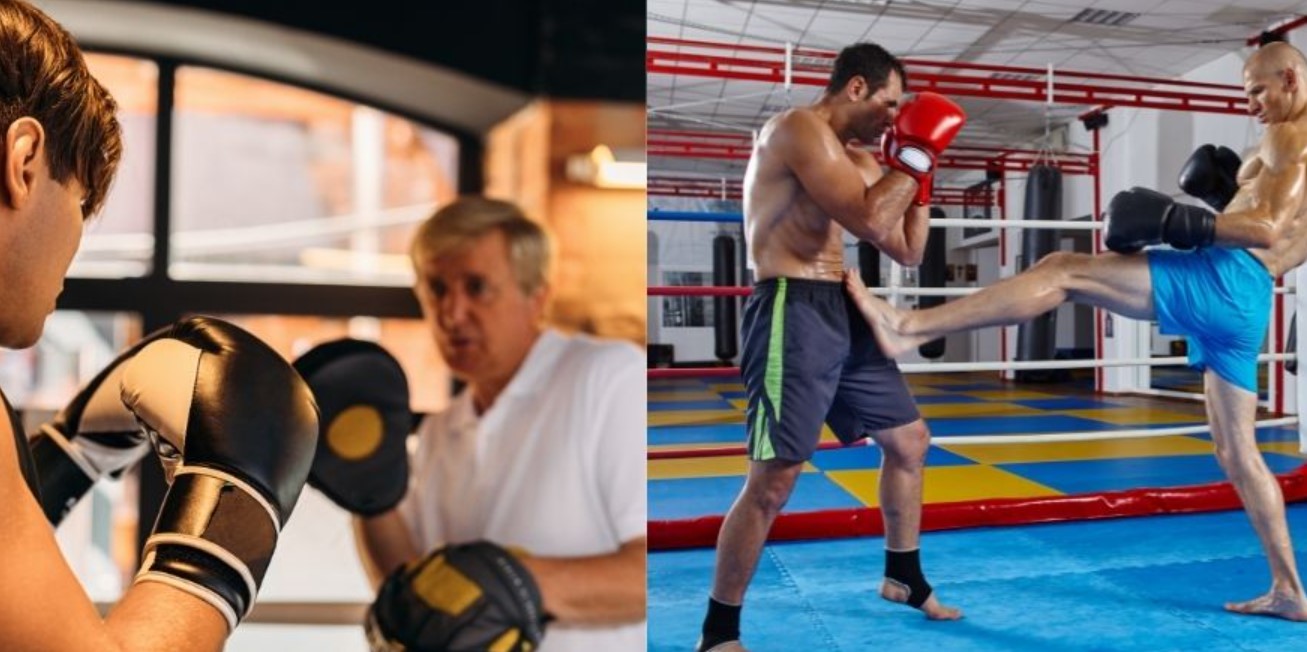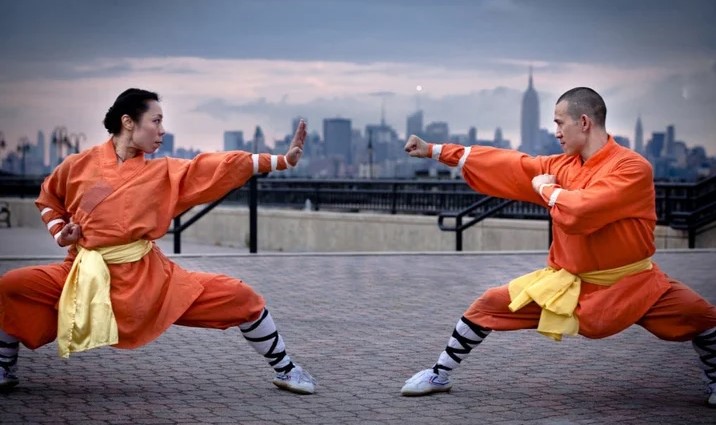When it comes to self-defense training, the two martial arts that top many people’s lists are Jiu-Jitsu and Taekwondo. They all have rich traditions, effective techniques and an emphasis on self-discipline. But which one will More suitable for real-life self-defense situations? This article Theselfdefensetool.com will delve into the strengths and weaknesses of Jiu-Jitsu and Taekwondo for self-defense, helping you choose the best path to help you stay safe.
Is jiu jitsu good for self-defense? Jiu-Jitsu: Ground control specialist
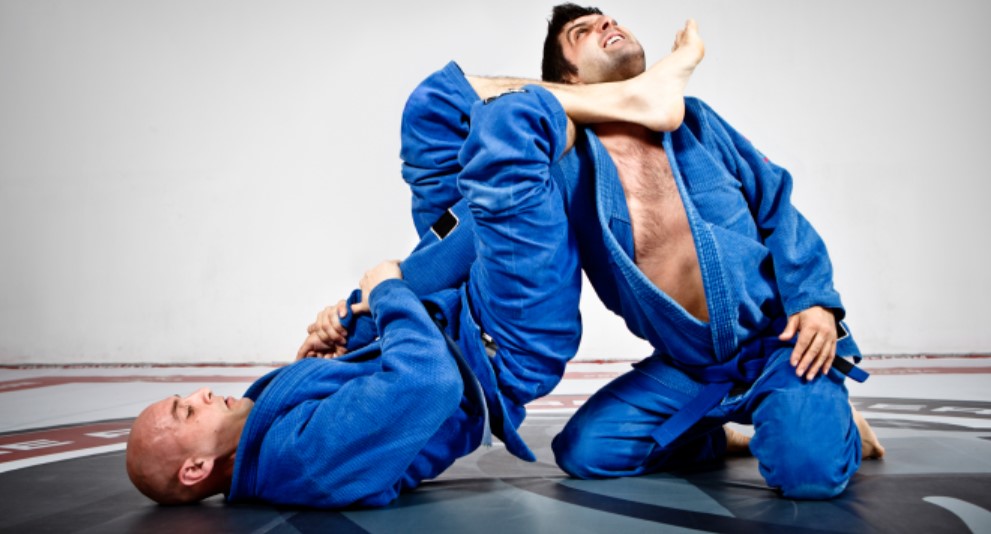
Jiu-Jitsu, especially Brazilian Jiu-Jitsu (BJJ), focuses on grappling and ground fighting. The core principle is to use leverage, technique and timing to control and subdue a larger or stronger opponent. Jiu-Jitsu emphasizes:
- Ground Domination: BJJ equips you with effective takedowns and grounding techniques to control your opponent on the mat, where most self-defense disputes end up.
- Keep records: Learn chokeholds, joint locks, and other maneuvers to restrain or render your attacker unconscious without relying on force.
- Self-defense applicability: BJJ training incorporates real-life situations such as defending against standing attacks, grabbing and choking, making self-defense highly practical.
The potential limitations of Jiu-Jitsu for self-defense
- Limited Attacks: Although BJJ has some self-defense moves, it mainly focuses on grappling. If you prefer a more comprehensive attack and grappling approach, Taekwondo may be more suitable.
- Gi vs. No-Gi: Traditional BJJ uses a uniform (gi) for grappling. Although no-gi BJJ exists, learning self-defense applications for both gi and no-gi situations can take more time.
>>> Click Is Kyokushin Karate Good For Self Defence?
Taekwondo: The power of kicks
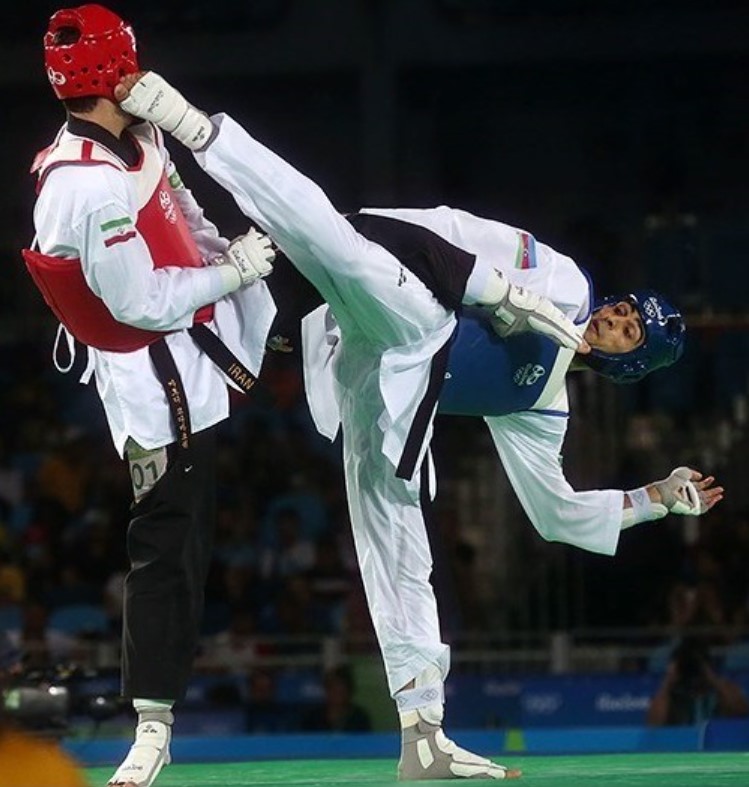
Taekwondo, a Korean martial art, emphasizes powerful kicks and dynamic striking techniques. Students develop lightning-fast reflexes, exceptional balance, and the ability to deliver disabling blows. Here is what Taekwondo offers for self-defense:
- Effective Long Range Defense: Taekwondo kicking techniques allow you to maintain distance and potentially neutralize threats before they get close.
- Offensive Power: Develop the ability to deliver powerful kicks and punches that can stop or stop an attacker.
- Build Confidence: The dynamic movements and focused strikes in Taekwondo can increase your confidence, a key factor in self-defense awareness.
Things to consider with Taekwondo for self-defense
- Limited Ground Fighting: Although Taekwondo has some grappling techniques, it mainly focuses on keeping your feet steady. If an attacker takes you down, you may be at a disadvantage.
- Focus on strength and technique: Some self-defense situations require precise technique to subdue an attacker without causing undue harm. BJJ’s emphasis on control may be better suited to such situations.
Jiu-jitsu or taekwondo for self-defense?
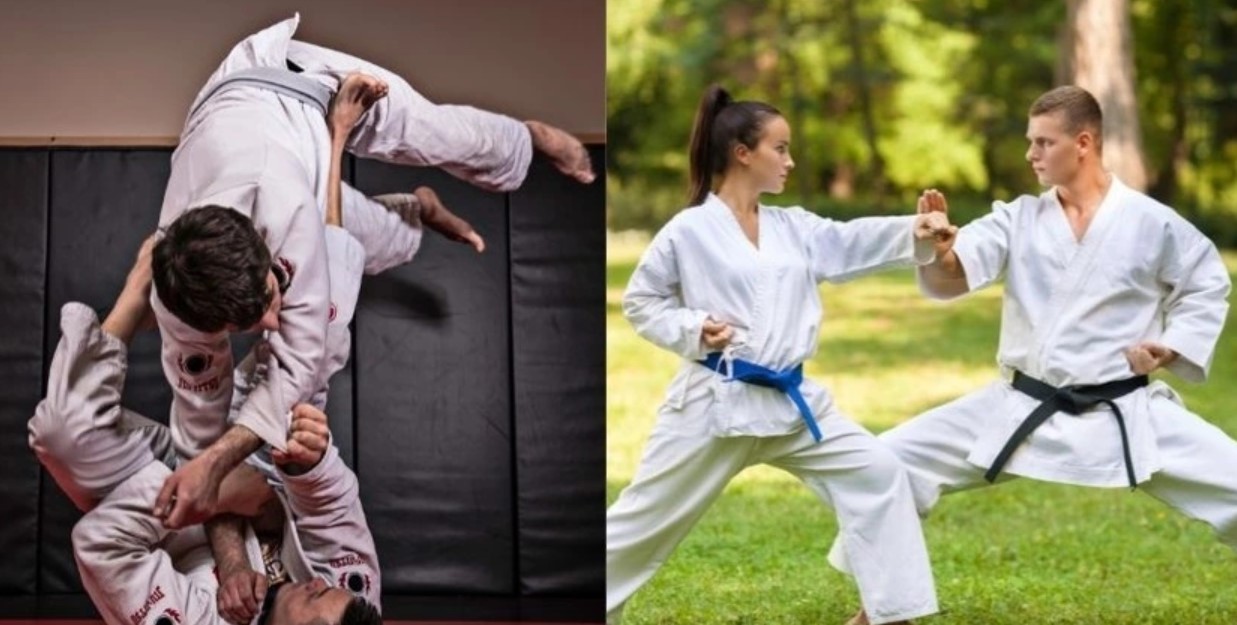
Here’s the truth: there is no “best” martial art for self-defense. The ideal choice depends on your personal preferences, fitness level, and learning style. Consider the following factors:
- Body type and strength: If you are smaller in stature, Jiu-Jitsu’s emphasis on leverage can be a huge advantage.
- Self-defense goals: If you prioritize defense in takedowns and maintaining distance, Taekwondo kicking techniques may be appealing.
- Learning Environment: Do you prefer a more physically demanding workout with an emphasis on attack (Taekwondo) or a more strategic grappling-based approach (Jiu-Jitsu)?
Ultimate advantage: Situational awareness
Regardless of the martial art you choose, self-defense is more than just technique. Situational awareness is paramount. Here are some additional tips:
- Trust your instincts: If you feel unsafe, remove yourself from the situation.
- Be prepared: Carry pepper spray or a personal alarm (if legal) as a deterrent.
- Practice de-escalation: Learn verbal de-escalation techniques to avoid conflict whenever possible.
Both Jiu-Jitsu and Taekwondo provide valuable self-defense skills. Consider your strengths, goals, and interests to make an informed decision. Remember, the most effective self-defense strategy is a combination of martial arts training, situational awareness, and a commitment to your personal safety.


